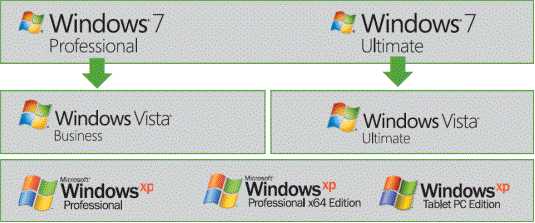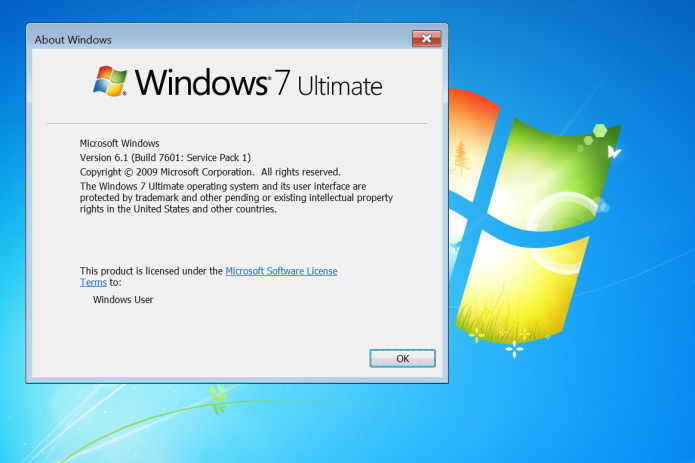
Important: If you have a partition where you store files or a secondary hard drive, you don't have to delete these partitions. Select the empty drive and click Next to start the installation process.Delete any partition created by you current installation of Windows.Click the option Custom: Install Windows only (Advanced) option to do a clean installation.During the Windows Setup, click Next, accept the licensing, and click Next.Reboot your computer with Windows 7 installation files (make sure your PC is set to boot from the drive with installation files).This process takes more time than other methods, but it will ensure that everything works correctly. You'll also need to reinstall all your applications once again, and use a backup to restore all of your files. This process involves having to reinstall the operating system using the Windows 7 installation media, and formatting, which will erase everything on the hard drive. This method is more suited for people that have the time and don't trust the concept of rolling back. Method three: Downgrade by clean installationĪlternatively, in the same way like you could do in going back to Windows 8.1, you can downgrade from Windows 10 to Windows 7 by doing a clean installation of the operating system. Once the process completes, you'll be back to the previous version of your operating system, in this case, Windows 7. Click Next one more time and then Finish to begin with the recovery process.Select the image you want to use and click Next.Select the backup to restore and click Next.

Select "Restore your computer using a system image that you create earlier", and click Next.While in the Setup wizard, click Next, and then Repair your computer.

Quick Tip: If you don't have repair disc, you can also boot with the Windows 7 installation media to perform the recovery.Ĭonnect the external hard drive with the backup, reboot your PC, follow these steps: Arranging the list of apps in your system by Installed On.Īfter you have the backup of your files, and you know the apps you need to reinstall, reboot your computer using the "repair disc", which you're prompted to create after creating the initial full backup.Searching for Control Panel with Cortana.Besides, you may want to note any new software you have installed on your computer since the last backup, as you will need to reinstall them later on. You only need to make a backup of your new files since the last full backup or simply copy all your files to an external drive.

If you have the backup, you are haft way done. That will guide you through what you need to do before upgrading, including creating a full backup of your computer. If you haven't upgraded to Windows 10, check out my previous post on how to prepare your computer for Windows 10. You should always keep a backup of your computer before modifying any operating system.


 0 kommentar(er)
0 kommentar(er)
